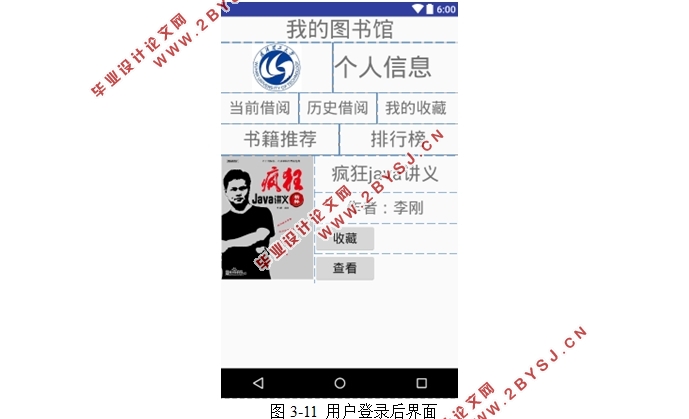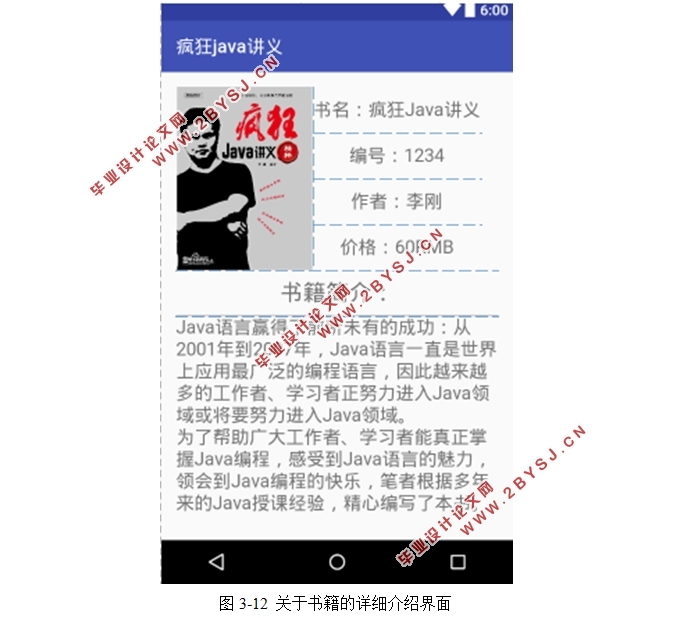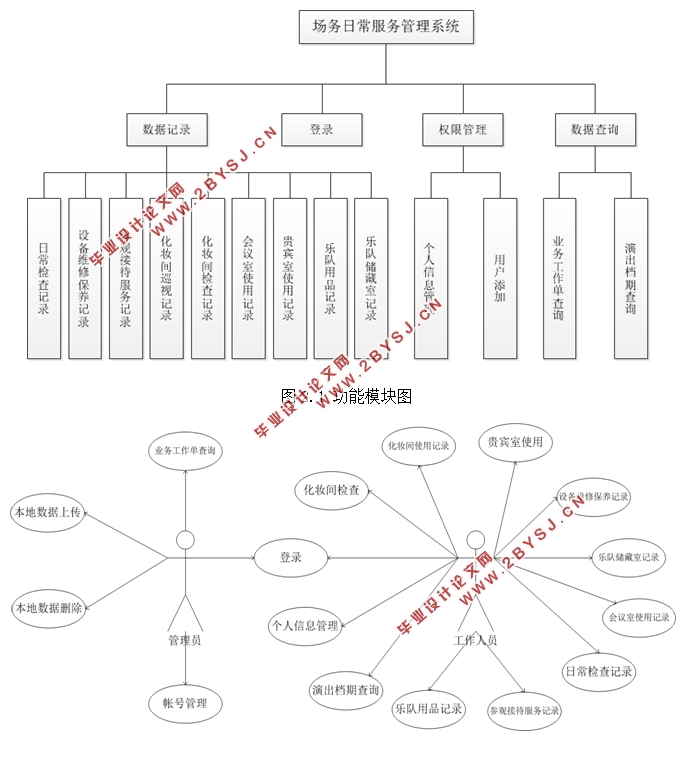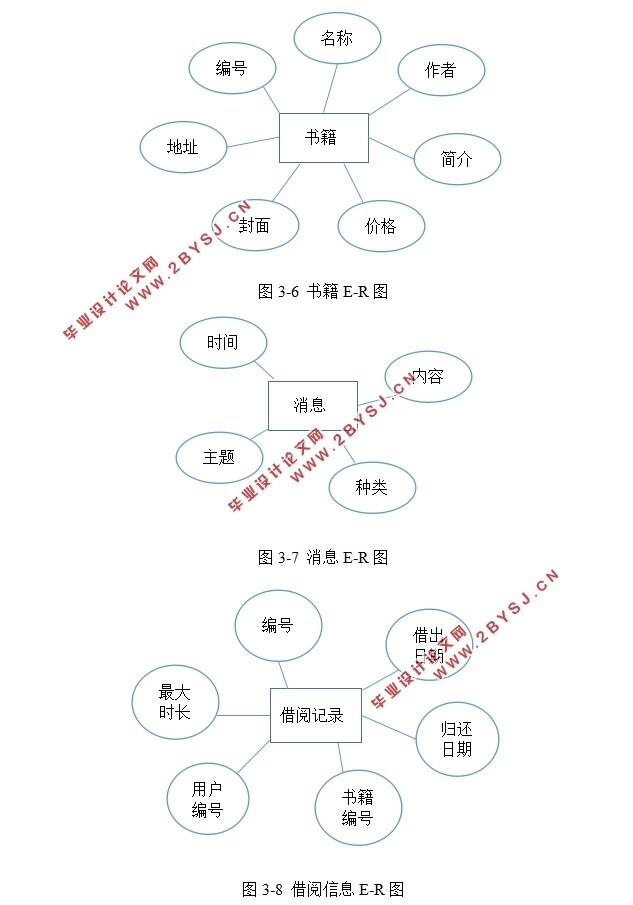基于安卓Android的图书阅读与推荐系统APP的设计
无需注册登录,支付后按照提示操作即可获取该资料.
基于安卓Android的图书阅读与推荐系统APP的设计(任务书,开题报告,论文15000字,程序代码)
摘要
对于计算两个事物的相似度,协同过滤算法是根据把客户对特定的事物的喜爱当做一个向量,然后得到与这个事物所相似的事物,接着利用客户平常的喜好,来对目前客户尚未表示喜好的事物做一个猜测,然后再将所有预测的事物收集起来向客户推荐。
以客户作为计算主体的协同过滤:User-based协同过滤算法是有一个前提条件的:假设一群客户对于一个事物的有类似的评价,那么理论上来讲,他们对于其余事物的评价也会十分类似。该算法就是把已有的类似客户所喜好的事物推荐给目标客户。这种类型的系统过滤算法不仅仅简化了运算,并且还有着极高的准确性,因此使用频率和范围都很广。按照以下顺序进行:首先需要把采集到的客户们对于不同事物的喜好评价放在一个矩阵中,对目标客户采取类似度的计算,即可获取和目标客户有着类似喜好的客户们,把这一群客户所喜好但目标客户尚未发现有喜好的事物列出推荐给该客户。
关键字:协同过滤;矩阵;类似度;推荐
Abstract
For the calculation of the similarity of two things, collaborative filtering algorithm is based on the customer's love for a particular thing as a vector, and then get things similar to this thing, and then use the usual preferences of customers to the current customer has not yet expressed preferences Of things to do a guess, and then all the predicted things collected to recommend to the customer.
User-based collaborative filtering algorithm is a prerequisite: assuming a group of customers for a similar evaluation of things, then theoretically speaking, they will be very similar to the evaluation of the rest of the things. The algorithm is to recommend similar to the customer's favorite things to the target customers. This type of system filtering algorithm not only simplifies the operation, but also has a very high accuracy, so the use of frequency and range are very wide. In the following order: first need to collect the customers for different things in the evaluation of preferences in a matrix, the target customers to take a similar degree of calculation, you can get and target customers have similar preferences of the customers, the group The customer liked but the target customer has not yet found a favorite thing listed to recommend to the customer.
Key Words:Collaborative filtering;matrix;Similarity;recommend
论文内容安排
第一章简结的介绍了这次论文研讨的大方向,和 平台的目前的情况是怎样,引出了此次研究的必要性。
第二章着重介绍的是和本次研究相关的原理,如 平台的基本结构,随后介绍本文的关键算法,协同过滤算法以及它的改进之后的算法。
第三章是系统的需求分析,包括功能和非功能分析,用例分析等,随后介绍了系统的整体架构,重点讲解了客户端的架构。给出了数据库的各个表格的设计和对应的E-R图,最后将部分界面做了一个简单的展示分析。
第四章对整篇论文做了一个总结,同时分析了自己在此次设计中的不足之处。




目录 I
摘要 III
Abstract IV
1.绪论 1
1.1 研究的目的及意义 1
1.2 国内外研究现状 2
1.3 论文内容安排 3
2.系统实现的相关原理与技术 4
2.1 Android相关知识介绍 4
2.1.1 Android平台简介 4
2.1.2 Android架构 4
2.1.3 Android基本组件介绍 6
2.2 推荐算法相关知识简介 8
2.2.1 协同过滤算法的实现 8
3. 系统设计与实现 12
3.1 系统需求分析 12
3.1.1 系统功能需求 12
3.1.2 非功能需求 12
3.1.3 需求用例分析 13
3.2 系统设计与实现 13
3.2.1 系统整体架构 13
3.2.2 用户端架构 14
3.3 数据库设计 15
3.3.1 数据库的概念结构设计 15
3.3.2 数据库表格设计 17
3.4 客户端的详细设计和实现 18
3.4.1 开发环境 18
3.4.2 个人图书馆模块实现 19
4 总结与展望 22
4.1 论文总结 22
4.2 未来展望 22
附录 24
参考文献 30
致谢 31
